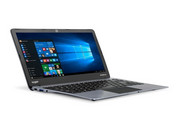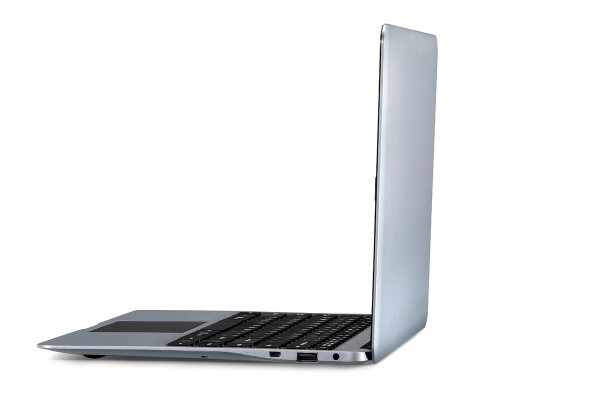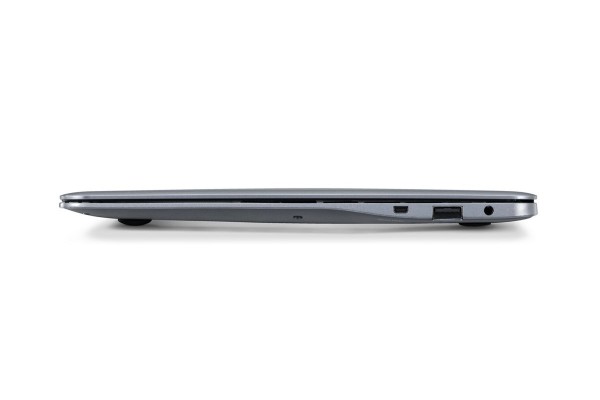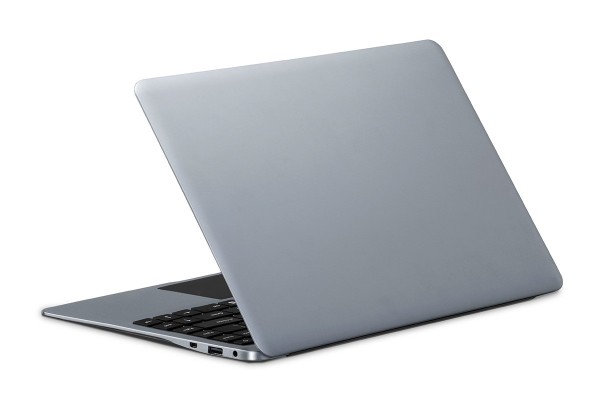Kogan Atlas UltraSlim Pro-KALAP13SPZA
Ausstattung / Datenblatt

Preisvergleich
Durchschnitt von 3 Bewertungen (aus 5 Tests)
Testberichte für das Kogan Atlas UltraSlim Pro-KALAP13SPZA
Quelle: PC World
 EN→DE Archive.org version
EN→DE Archive.org versionIt wasn't long ago that an ultraportable would come with all manner of compromises and cost a fortune. Yet Kogan's $799 UltraSlim Pro is extremely useable and offers great value.
Einzeltest, online verfügbar, Sehr Lang, Datum: 10.03.2017
Bewertung: Gesamt: 85%
Quelle: PC World
 EN→DE Archive.org version
EN→DE Archive.org versionIn many ways this is a great foil to the Venom. Both do the same thing to a large extent but the Kogan really highlights Venom's attention to detail on components, build-quality and performance. If you need a no frills powerful laptop then the Venom is the one to buy - although maybe not if you're using it in a school-like environment where its lightweight build-quality will be shown up by regular rough and tumble. However, most people will simply want something light that they can work on easily and the Kogan is great for that and comes at a giveaway price. The battery life isn't great, the speakers are terrible but the days of expecting to pay through the nose for something so very useable at this size are over.
Einzeltest, online verfügbar, Lang, Datum: 10.03.2017
Bewertung: Gesamt: 85%
Quelle: Good Gear Guide
 EN→DE Archive.org version
EN→DE Archive.org versionIt wasn't long ago that an ultraportable would come with all manner of compromises and cost a fortune. Yet Kogan's $799 UltraSlim Pro is extremely useable and offers great value.
Einzeltest, online verfügbar, Lang, Datum: 09.03.2017
Bewertung: Gesamt: 85%
Quelle: Good Gear Guide
 EN→DE Archive.org version
EN→DE Archive.org versionKogan is an Australian manufacturer-cum-online store that’s all about making cheap and cheerful products. Just recently we were impressed with its curved 4K UHD 55-inch LED LCD TV which offered very good performance for almost half the price of rivals.
Einzeltest, online verfügbar, Sehr Lang, Datum: 06.03.2017
Quelle: Gear Diary
 EN→DE Archive.org version
EN→DE Archive.org versionIt’s really great what Kogan has done with the UltraSlim Pro. Its display, keyboard and included storage are excellent at the AU$799 price point, and its build quality is a definite step above the usage cheap-PC fare.
Einzeltest, online verfügbar, Sehr Lang, Datum: 08.02.2017
Kommentar
Intel HD Graphics 515: Integrierte Grafikkarte (GT2), welche in einigen Core-m-CPUs (Skylake, 4,5 Watt TDP) verbaut wird.
Einige nicht anspruchsvolle aktuelle Spiele können mit geringen Details noch flüssig gespielt werden. Für Office und Video natürlich ausreichende Leistungsreserven.
» Weitere Informationen gibt es in unserem Notebook-Grafikkartenvergleich und der Benchmarkliste.
6Y30: Auf der Skylake-Architektur basierender, sehr sparsamer ULV-SoC (System-on-a-Chip) für Tablets und 2-in-1-Notebooks. Integriert unter anderem zwei CPU-Kerne sowie eine Grafikeinheit und wird in 14-Nanometer-Technik gefertigt.» Weitere Infos gibt es in unserem Prozessorvergleich Vergleich mobiler Prozessoren und der Prozessoren Benchmarkliste .








